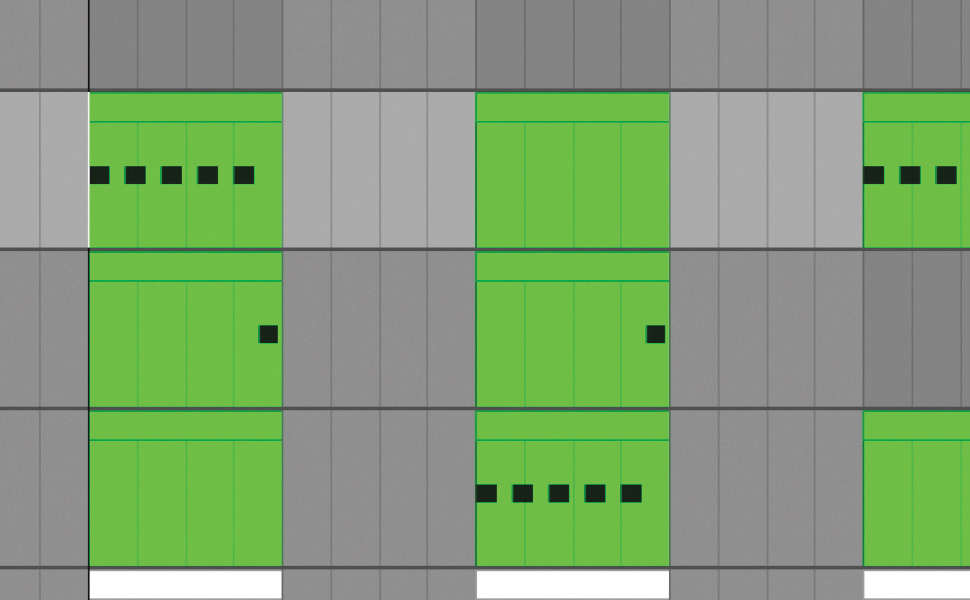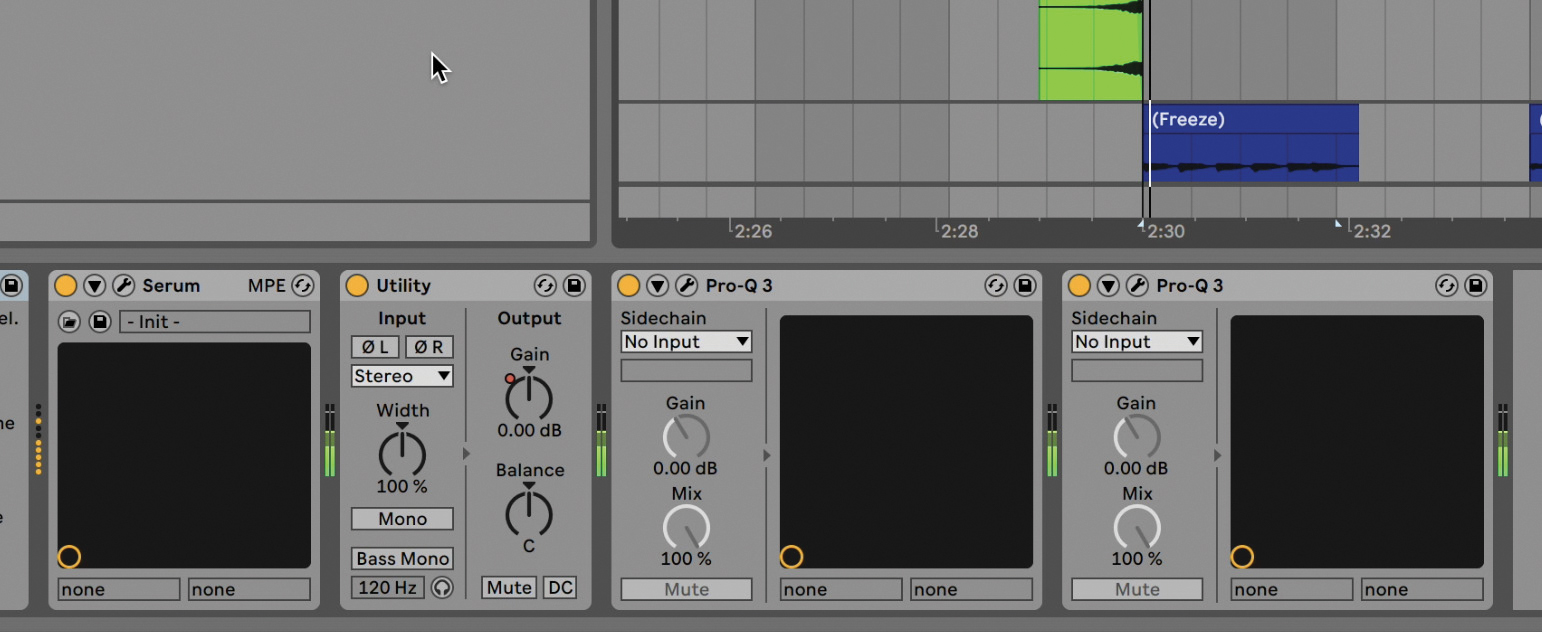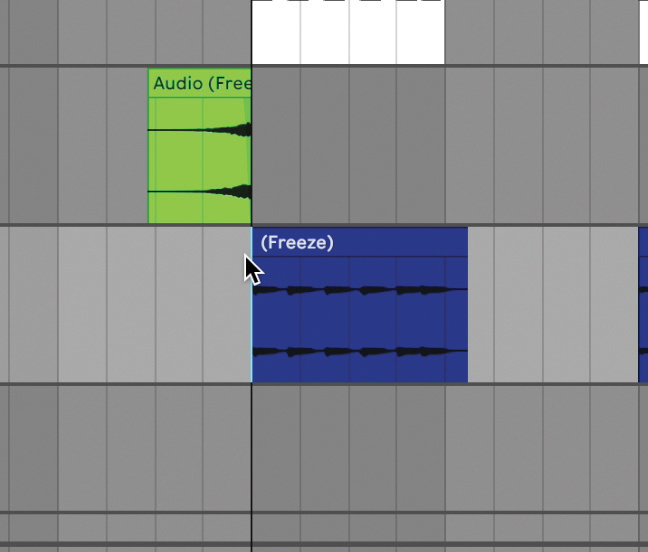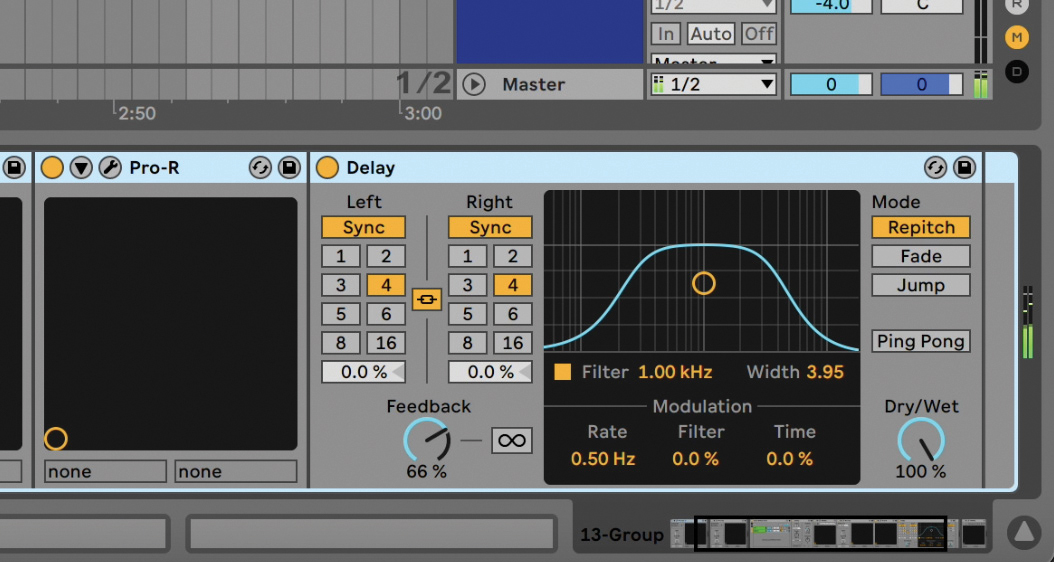James Hype: "The kick drum is everything in dance music. The best way to fix a shit track is to change the kick"
The in-demand DJ and hit-making producer demonstrates his approach to crafting bootleg edits
British producer James Hype has become well known in recent years for his crossover track such as the top 10 singles Ferrari and En Vogue-inspired More Than Friends.
He’s also an in-demand DJ, regularly touring across the UK, Europe and the US, playing high-profile shows in Ibiza and at festivals like Las Vegas’ Electric Daisy Carnival.
A cornerstone of James Hype’s style lies in his use of edits, bootlegs and remixes. As a fledgling DJ, he made his name by posting countless hip-hop and R&B edits to SoundCloud and social media. Now as an established artist, his own homemade edits, acapellas and creative sampling of high-profile artists provide a unique and distinctive centrepiece to his sets.
At this year’s Brighton Music Conference, James sat down with Si Truss, the editor-in-chief of MusicRadar's sister magazine Future Music, for a live track breakdown, digging into how James went about flipping US rapper Lil Uzi Vert’s track, I Just Wanna Rock, into a house-style club VIP.
You can watch the full session from BMC in the video embedded above.
Tell us how you started making edits and remixes?
“I’ve been a DJ for 18 years. I DJed for a long, long time before I ever started producing music. I started making mashups and edits of records in Ableton. I started adding extra drums and things like that, and before I knew I was sort of teaching myself how to produce music. That was probably 10 years ago, when I started dabbling in producing. Thanks to publications like yours, you know, I was able to teach myself via the internet.
Want all the hottest music and gear news, reviews, deals, features and more, direct to your inbox? Sign up here.
“I was just making edits of other people’s records. I was making things for the dancefloor for my own DJ sets. They were like the remix that I’m showing you today – an R&B/hip-hop record that I turned into a house record.”
What was the idea behind creating house reworks of hip-hop tracks?
“I’m a big fan of many genres of music, but as someone who became a DJ in Liverpool, it’s always been a very house music-orientated city as far as the nightlife was concerned. I was playing in clubs with all the DJs playing house music. I was listening to different genres of music and I was like, ‘How can I bring this to my house music DJ set?’.
“I used to remix anything and everything. There was a point very early in my production career where I was making a remix a week and putting it on SoundCloud. And then as I’ve become more established as an artist, I’ve done less and less of it. I’ve just been trying to find those ones that will really hit as opposed to just doing everything. When I heard this Lil Uzi record, it just has a crazy energy and it’s insane. I was obsessed with it. And I was like, I have to find a way to make this playable for me as a house DJ.”
Where did you get the original material to remix?
“I’ve managed to find some sort of isolated acapella that someone’s made, probably on YouTube. I’ve also then found the instrumental, probably off YouTube as well. I’ve chopped up those parts individually. That would have been the start.”
How do you approach editing down what you’re going to use?
“I would have loaded the whole thing. I knew it has these chords running throughout that have this epic feeling, like something amazing is gonna happen. There’s not too much vocal in this record as well, because I’m trying to make a house track. I’m not trying to use loads and loads of vocals. It’s only got like, say, eight bars of vocal line looped over.
“I was looking for that one bit that when everyone hears it, they know it’s the Lil Uzi Vert track. I don’t want to give them anything that they don’t need. I want it to be concise. There’s not really verses in the original track, but if there were I’d skip them and just go straight to the chorus.”
What did you start with when it came to this Lil Uzi track?
“I started with the chords. They kind of had that feeling that I wanted to capture – it’s a very epic thing, and I wanted to capture that epicness. In the track they’re kind of legato though, which creates a feeling like, ‘Oh, something’s coming in’. I needed to create whatever it was that was coming. To do that I turned the chords into stabs.”
How do you create a structure for a remix like this?
“I always create around a buildup and a drop. Some ‘real house’ people probably hate that, because it’s not it’s not real house or whatever. But for me, I like those moments in a club, you know. So I would have created the build-up with the chords and then I would have moved on to the drop. I always work with a kick and the bass first, because I feel like if you get them sitting together correctly then everything else is easy after that point.”
Mix-wise, how do you get these tracks to work in a club?
“It took me a long, long time to learn this, but if you use good sounds, then you don’t really have to mix that much. Kick drum is everything in dance music. I used to use the same kick drum on every track, I did it for years. And it was awful. Because kick drums aren’t equal, you know. So test out kick drums, the best way to fix a shit track is to change the kick.”
What are the legal restrictions?
“What we’re talking about here is a bootleg remix. It’s not official and it only exists on underground platforms. It’s a SoundCloud remix – this one isn’t on Spotify, because the people on Lil Uzi Vert’s team didn’t ask me to do the remix. It was just something I made for my DJ sets. I can’t really put it anywhere, but I can play it wherever I want, I think. Obviously, if the record label had said, ‘Hey, James, do you want to remix Lil Uzi Vert’s track?’, and I said yes, then it would end up on Spotify and Apple Music. But because they didn’t ask me, this is just for my private collection.”
Tell us about your DJing approach…
“I use CDJ 2000 Nexus 2s and a DJM-900 NXS2. I usually am a big planner, although not always – honestly it kind of depends on how long the set is going to live for. For example, I just got back from EDC in Las Vegas, and I know that my set’s going to get millions of views online. So I put a lot of work into it, because I know it’s going to live forever on YouTube. I don’t want people to be like, ‘you played all the same songs’. I have to make sure that it’s something special and it’s something new and unique to play.
Kick drum is everything in dance music. The best way to fix a shit track is to change the kick
“The way that I DJ, I use a lot of decks, I play a lot of acapellas and I use a lot of samples. I get very busy. In order for me to do that under pressure, I do have to rehearse, in a way. If the show is something that’s not going to be filmed, then I am more inclined to freestyle because I try out new things as opposed to doing rehearsed things. Because I find that more fun, when I’m freestyling.”
“I use a lot of loops as well. I have a lot of these one-minute-long demos that I’ve made – tracks that I’ve created but not finished – loaded in rekordbox. I’ll have an auto-loop at the start and at the end. They’re things that I couldn’t be bothered to finish, but that I still want to be able to play.”
How James Hype creates percussive chord stabs
James turns the original track’s epic chords into something more rhythmic for the dancefloor. Here's how he did it.

The original chords in I Just Wanna Rock play legato and are fairly epic. To make them into something more dancefloor-friendly, James cuts a chunk out of one and loads it into Ableton Simpler.

He then creates another track with another Simpler instrument, and cuts the next chord in the original progression to load onto this new track. “I’m kind of using one track for each chord,” he explains. This way he keeps the original chord progression but can process each separately.

James then adds a percussive edge to the chords, with the use of some simple synth noise. “I’ve got Serum playing white noise on top of the chords,” he explains. “It kind of hits differently.”

To add to the dancefloor impact, James has placed a reversed version of the same chord before the riff, leading into the hook. He has a simple sub bass running underneath the chord stabs too.

James has the chords grouped together for processing. He places a delay effect on the group to tie the chords together. “The delay is automated so it fills the gap once the chords stop,” he explains.

Finally, James applies some mid/side processing in order to make sure the chords don’t lose impact. “I was very aware that I didn’t want my stabs to be very wide and disappear on a mono club system. With the Ableton EQ, I’ve taken out a lot of the side and boosted the mid.”


I'm the Managing Editor of Music Technology at MusicRadar and former Editor-in-Chief of Future Music, Computer Music and Electronic Musician. I've been messing around with music tech in various forms for over two decades. I've also spent the last 10 years forgetting how to play guitar. Find me in the chillout room at raves complaining that it's past my bedtime.